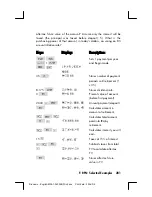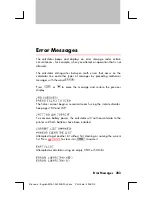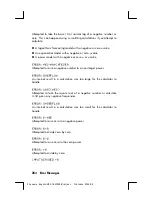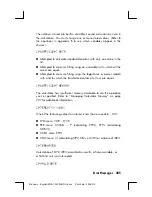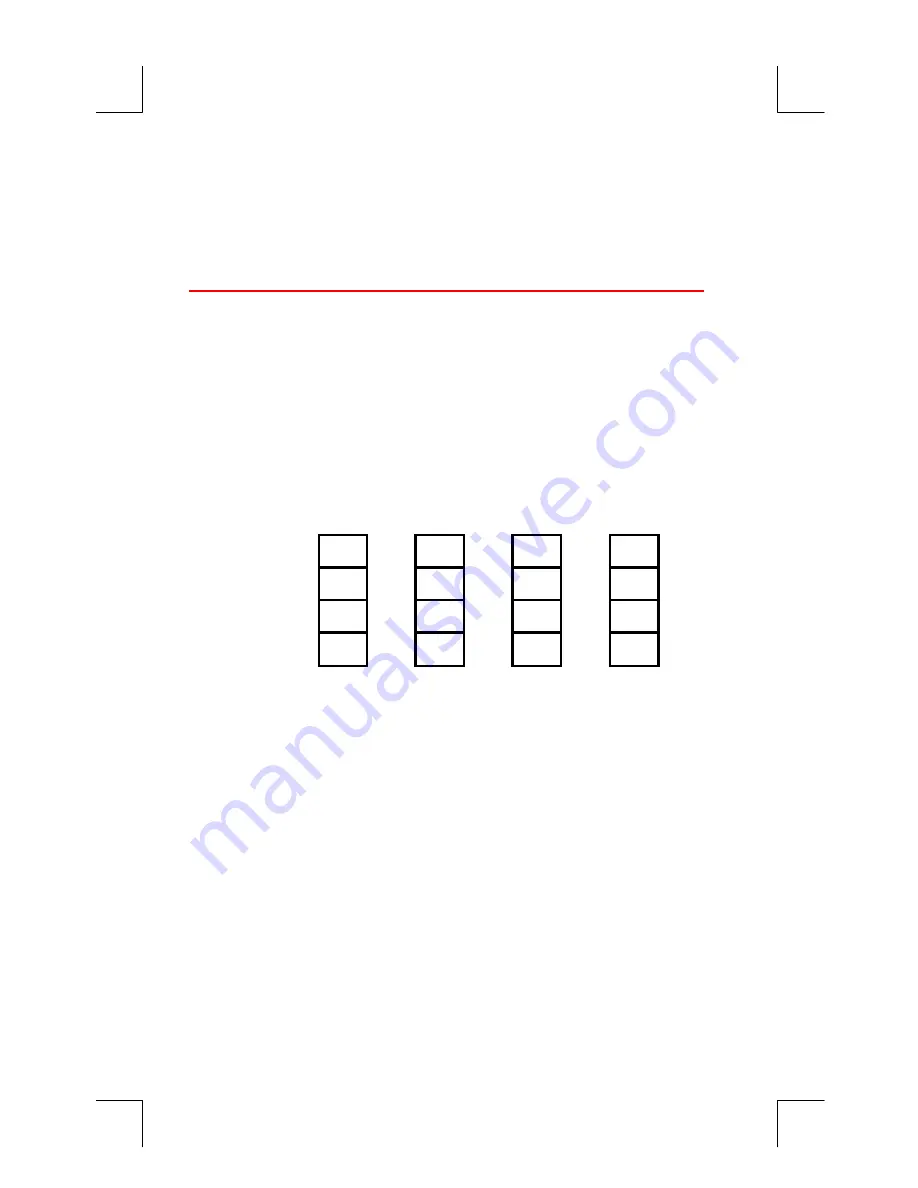
270 E: RPN: The Stack
File name : English-M02-1-040308(Print).doc Print data : 2004/3/9
The
x
function is used primarily to swap the order of numbers in a
calculation. For example, an easy way to calculate 9
÷
(13x8) is to
press 13
E
8
*
9
x/
.
Arithmetic
-
How the Stack Does It
The contents of the stack move up and down automatically as new
numbers enter the X-register (
lifting the stack
), and as operators combine
two numbers to produce one new number in the X-register (
dropping the
stack
). See how a full stack drops, lifts, and drops its contents while
calculating
3
+
4
-
9
:
a
(lost)
T
a
a
a
a
Z
b
a
b
a
Y
3
b
7
b
X
3
E
4
4
+
7
9
9
-
-
2
Drop
Lift
Drop
(
a
and
b
represent values already on the stack.)
Notice that when the stack drops, it replicates the contents of the
T-register and overwrites the X-register.
When the stack lifts, it pushes the top contents out of the T-register,
and that number is lost. This shows that the stack’s memory is limited
to four numbers for calculations.
Because of the automatic movement of the stack, you do
not
need to
clear the display before doing a new calculation.
Most functions (except
E
and
C
) prepare the stack to lift its
contents
when the next number enters the X-register
.


























